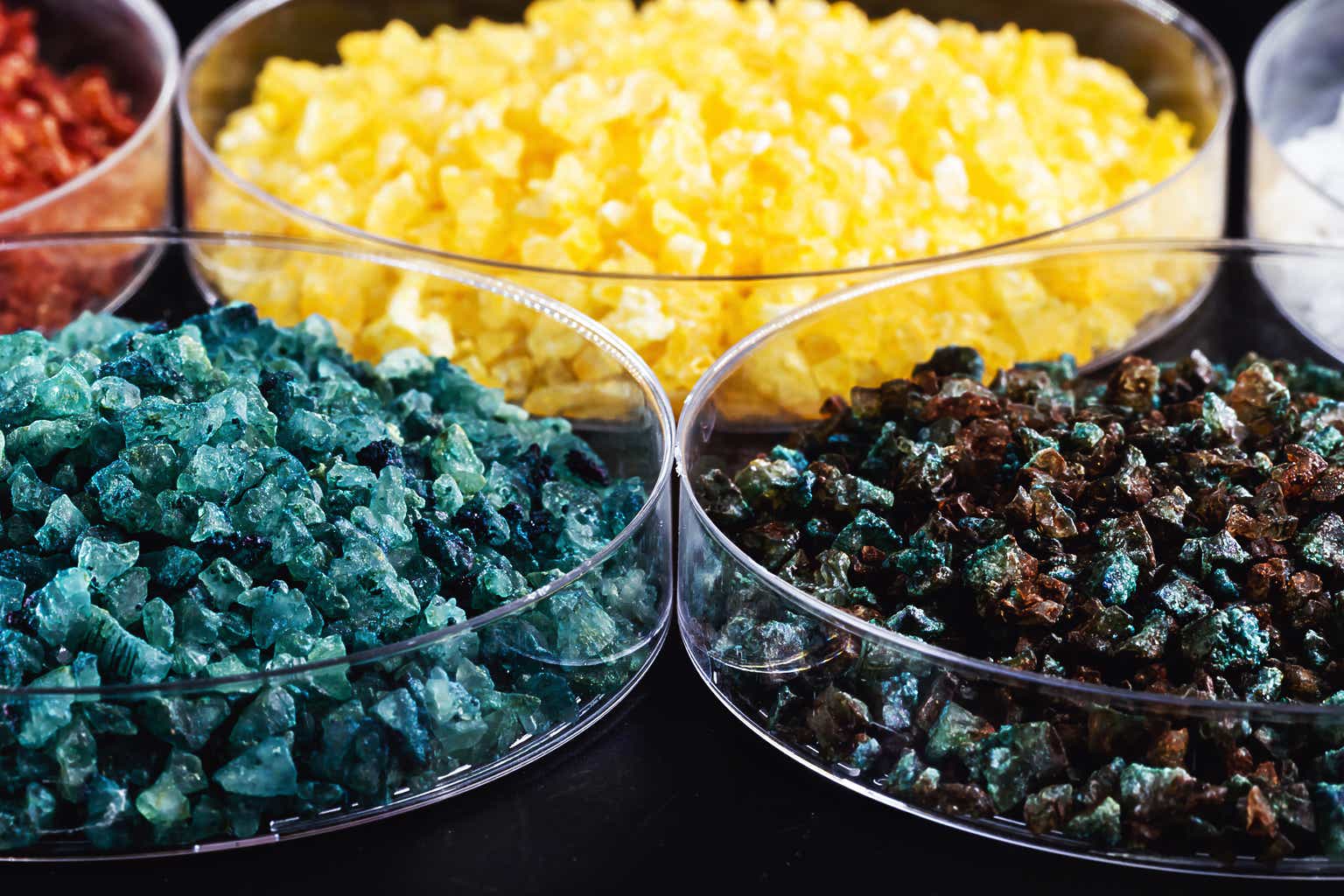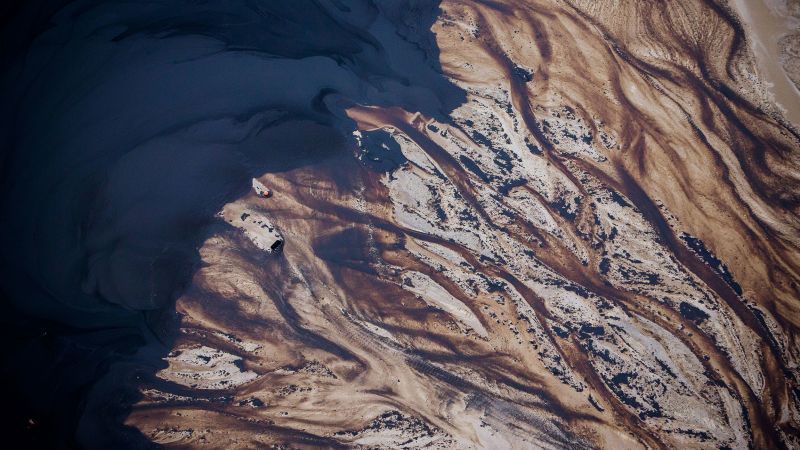CNN
—
President Donald Trump swept into office with a three-word energy policy: Drill baby drill. In Trump’s telling, unleashing US oil drilling will reduce gas prices — and thereby Americans’ cost of living — and increase the nation’s energy independence.
But there is a very simple reason why Trump’s seemingly simple plans don’t add up: Not all oil is the same.
Oil falls on a spectrum from light to heavy, depending on how much sulfur it contains. The recent shale revolution — with new fracking methods extracting more oil from Texas, New Mexico and North Dakota — has pushed the US to become the biggest oil producer in the world. It’s also generating an expensive, light crude oil, which made up most of what the US exported in 2024: 4.3 million barrels per day.
Oil experts call it “the champagne of crudes.”
But that is not the kind of oil that has powered cars and industry in the US for decades. America was built on a thick, gunky crude that comes from other countries including Canada, Saudi Arabia and Central and South American nations.
“All crude is not the same,” said Bob McNally, president of consulting firm Rapidan Energy Group. “Some crudes are like coffee grounds — they’re gunky, awful, viscous, dirty. Some crudes are like champagne, light and un-sulfurous.”
The US pumps a lot of home-grown champagne out of the ground; a full 80% of the oil produced here is light crude, according to the Energy Information Administration.
“It’s much lighter and sweeter,” said Hugh Daigle, an associate professor at the University of Texas Austin and an oil expert. “It’s less viscous.”
Meanwhile, the US uses a lot of “coffee-ground” oil. The nation imports around 6.5 million barrels of crude oil a day from others — most of it either heavy- or medium-density. By far the biggest source of US oil imports is its northern neighbor, Canada, which sent 1.42 billion barrels of crude oil to America in 2023.
Most Canadian oil comes from Alberta’s tar sands region, where the oil looks like asphalt, molasses or coffee grounds. It’s the reliance on Canada’s crude that’s triggering fears of higher gas prices if Trump follows through on his threat to implement a 10% tariff on Canadian energy.
Trump recently claimed the US could get along just fine without Canadian oil.
“We don’t need their oil and gas; we have more than anybody,” Trump said at the World Economic Forum last month.
A White House spokesman, Kush Desai, said in a statement that Trump is using “every lever of executive power to deliver progress on border security” including the “threat of tariffs that disproportionately affect Canadian oil producers — who are landlocked and reliant on exporting to the United States via pipelines.”
But US oil refineries could also be impacted by those tariffs.
Many US refineries – some of which have been around since the 1930s or earlier – were built decades before America’s light-oil boom and therefore made to handle the heavy crude they first imported from the Middle East and South America — the same type of crude that Canada now produces.
Refining US light oil is much simpler because it already has low sulfur content. McNally likens it to putting it “through a still like you’re making hooch in a hollow in West Virginia.”
Some US refineries have adapted to refine the country’s light, home-grown oil, though it varies by region and geography. For instance, Gulf Coast refineries process mostly domestic oil because they’re relatively close to the Permian basin in Texas and New Mexico. Meanwhile, refineries in Midwestern and Western states are heavily reliant on Canadian oil because it’s also relatively nearby.
The other factors refineries need to consider are the price of crude oil (dirtier and heavier crude is cheaper than lighter), and the end products the refineries are making – everything from gasoline for cars, jet fuel, propane and asphalt.
There’s a lot that goes into oil companies’ business calculations, said Jenna Delaney, a Rapidan Energy Group analyst focusing on global crude.
“It’s complex, it’s regionally specific and it’s a lot more complicated than saying, ‘we produce this crude, we should use all of it and not export any of it,’” Delaney said.
Trump’s idea to use only US oil is simply not realistic, experts told CNN. Doing so would throw US refineries into turmoil, and gas prices could skyrocket as a result.
“We’ll be importing Canadian oil for the foreseeable future, as far as I’m concerned,” Daigle said.
Correction: A previous version of this story misstated how much crude oil the US exports. In 2024, the US exported around 4.3 million barrels per day.














